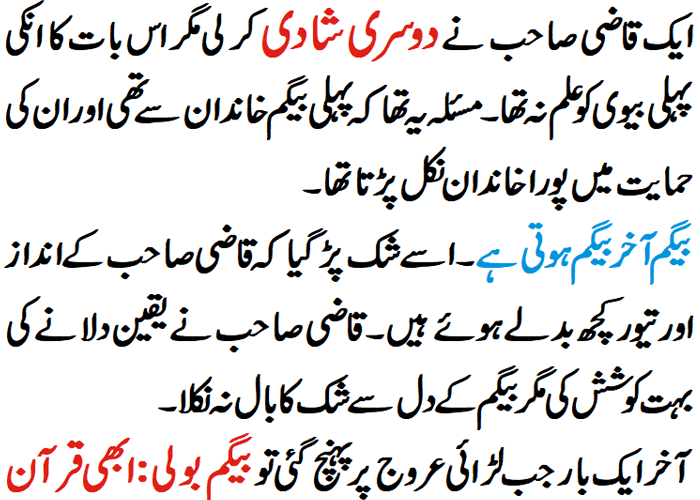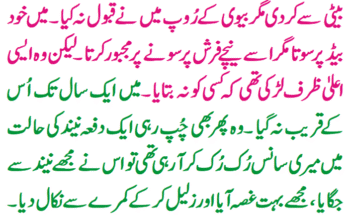Sitting at a desk for long hours can take a toll on your back, leading to discomfort and pain. Many desk workers suffer from tight hips, rounded shoulders, and lower back issues, all of which can contribute to chronic back pain. Fortunately, yoga offers simple yet effective poses that can help alleviate this discomfort, improve flexibility, and strengthen your back muscles. In this article, we’ll explore some easy yoga poses that are perfect for desk workers to ease back pain and maintain a healthy spine.
1. Why Desk Work Causes Back Pain
Spending hours sitting in front of a computer can lead to poor posture, muscle imbalances, and tightness in the lower back, hips, and shoulders. When you sit for long periods, your hip flexors shorten, your spine becomes compressed, and your back muscles weaken. Over time, this can lead to back pain, stiffness, and even more serious conditions like herniated discs.
Tip:
Incorporating regular movement and stretching throughout the day can help prevent back pain from becoming a chronic issue.
2. The Benefits of Yoga for Desk Workers
Yoga is an excellent practice for desk workers because it promotes flexibility, strengthens your core and back muscles, and improves posture. By regularly practicing yoga, you can relieve tension, reduce pain, and prevent future discomfort. Yoga also encourages mindful breathing, which can help reduce stress and tension in the body.
2.1 Improves Posture
Yoga helps counteract the slouching and rounding of the shoulders that often occur with long hours of desk work.
2.2 Increases Flexibility
Yoga stretches tight muscles in your hips, back, and shoulders, allowing for greater range of motion and less tension.
2.3 Strengthens Core Muscles
A strong core supports your lower back, preventing pain and injury caused by sitting for extended periods.
3. Simple Yoga Poses to Ease Back Pain
Here are some easy yoga poses that you can incorporate into your daily routine to relieve back pain caused by long hours of sitting at a desk.
3.1 Cat-Cow Pose (Marjaryasana-Bitilasana)
This gentle flow between two poses helps stretch and strengthen the spine, improving flexibility and relieving tension in the back.
- How to do it:
- Start on your hands and knees in a tabletop position with your wrists aligned under your shoulders and knees under your hips.
- Inhale, arch your back, and lift your head and tailbone toward the ceiling (Cow Pose).
- Exhale, round your back, tuck your chin to your chest, and bring your tailbone down (Cat Pose).
- Repeat for 5-10 rounds, syncing your movement with your breath.
3.2 Child’s Pose (Balasana)
Child’s Pose is a restorative posture that stretches the lower back, hips, and shoulders. It helps to relieve tension and stress in the spine.
- How to do it:
- Kneel on the floor with your big toes touching and knees spread apart.
- Sit back on your heels and extend your arms forward, lowering your torso toward the floor.
- Rest your forehead on the mat and breathe deeply, feeling the stretch along your spine and hips.
- Hold for 1-2 minutes.
3.3 Downward-Facing Dog (Adho Mukha Svanasana)
This classic yoga pose stretches the entire back, shoulders, and hamstrings, while also strengthening the arms and legs.
- How to do it:
- Start in a tabletop position with your hands and knees on the mat.
- Tuck your toes and lift your hips toward the ceiling, forming an inverted “V” shape.
- Keep your knees slightly bent if needed, and focus on lengthening your spine.
- Press your hands firmly into the mat and allow your head to relax between your arms.
- Hold for 5-10 breaths.
3.4 Seated Forward Bend (Paschimottanasana)
Seated Forward Bend is a simple pose that stretches the hamstrings and lower back, helping to release tension and improve flexibility.
- How to do it:
- Sit on the floor with your legs extended straight in front of you.
- Inhale and lengthen your spine.
- Exhale as you hinge forward from your hips, reaching for your feet or shins.
- Keep your spine long and avoid rounding your back.
- Hold for 1-2 minutes, breathing deeply.
3.5 Bridge Pose (Setu Bandhasana)
Bridge Pose helps strengthen the back, glutes, and hamstrings while stretching the front of the body and relieving lower back tension.
- How to do it:
- Lie on your back with your knees bent and feet flat on the floor, hip-width apart.
- Press your feet into the ground and lift your hips toward the ceiling.
- Interlace your fingers under your back and press your arms into the mat to lift your chest.
- Hold for 5-10 breaths, then slowly lower your hips back to the ground.
3.6 Thread the Needle Pose
This pose targets tightness in the shoulders and upper back, which is common in desk workers due to hunching over a computer.
- How to do it:
- Start in a tabletop position on your hands and knees.
- Slide your right arm underneath your left arm, bringing your right shoulder and ear to the mat.
- Keep your left hand planted on the mat or reach it forward for a deeper stretch.
- Hold for 30 seconds, then repeat on the other side.
3.7 Reclined Pigeon Pose (Supta Kapotasana)
Reclined Pigeon Pose stretches the hips and lower back, helping to relieve tension that builds up from sitting for long hours.
- How to do it:
- Lie on your back with your knees bent and feet flat on the floor.
- Cross your right ankle over your left knee, creating a figure-four shape.
- Thread your right hand through the opening between your legs and interlace your fingers behind your left thigh.
- Gently pull your left leg toward your chest, feeling a stretch in your right hip.
- Hold for 30 seconds, then switch sides.
4. Tips for Practicing Yoga as a Desk Worker
4.1 Take Breaks to Stretch
Incorporate short yoga breaks throughout your workday to prevent stiffness and relieve back pain. Even 5-10 minutes of stretching can make a big difference.
4.2 Stay Consistent
Consistency is key when it comes to reaping the benefits of yoga. Try to practice these poses daily to see long-term improvement in your back pain and overall flexibility.
4.3 Use Props for Support
If you’re new to yoga or have limited flexibility, use props like yoga blocks or a strap to support your poses and ensure proper alignment.
5. How Yoga Prevents Future Back Pain
Incorporating yoga into your daily routine not only helps relieve current back pain but also prevents future discomfort by improving your posture, strengthening your core, and promoting flexibility. With regular practice, you’ll find that your body becomes more resilient to the demands of sitting at a desk all day, and you’ll experience less pain and stiffness in your back.
Conclusion: Relieve Back Pain with Yoga
Back pain is a common issue for desk workers, but it doesn’t have to be a permanent one. Incorporating simple yoga poses like Cat-Cow, Child’s Pose, and Downward-Facing Dog into your routine can help ease tension, improve flexibility, and strengthen your back muscles. By staying consistent with your practice and taking regular breaks throughout your workday, you can prevent back pain from taking over your life and maintain a healthy, pain-free spine.







